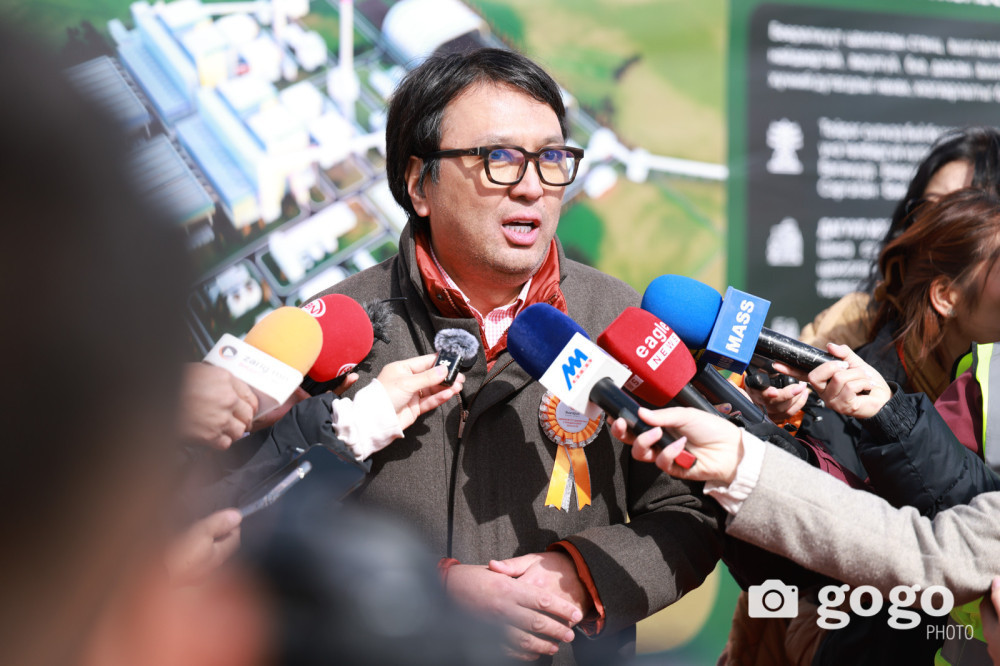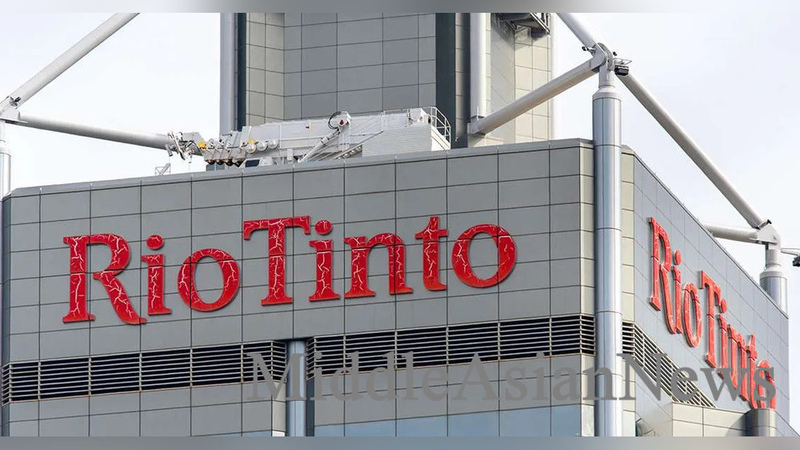T.Dorjkhand, Deputy Prime Minister who leads the National Committee for Energy Reforms, provided an update on upcoming activities related to energy reforms during the opening ceremony of the Buuruljuut power plant.

– What are the government’s objectives with energy reform?
– Mongolia’s energy sector is currently operating at a deficit of about MNT 500 billion, with total losses amounting to MNT1.8 trillion. Power plants, mines, coal transporters, and other entities in the sector are all losing money. Without energy, the economy cannot expand. As part of the reforms, the goal is to achieve energy independence during the term of the current government. Independence here doesn’t mean cutting off energy imports from Russia or China, but rather ending the government’s control over energy prices, which causes industry losses and deters investors.
The government aims to transition the energy sector into a market driven system by increasing supply and adjusting tariffs. Although tariff increases may bring short term pain, prices are expected to decrease once supply increases. Mongolia has potential to export energy, positioning this sector as a significant income generator after mining.
– The government has indicated plans to raise energy tariffs. By how much?
– Adjusting tariffs is a sensitive issue, involving both political and economic considerations. We are carefully calculating the potential impact on small and medium sized enterprises (SMEs), the mining industry, and citizens. The decision will be made after reviewing these calculations, alongside investor feedback. Numerous proposals have been received from international organizations and industry stakeholders. By November 1, the National Committee will officially announce the new tariffs.
– What is the policy on tariff increases?
– The focus is on improving the efficiency of the energy sector without placing undue burden on citizens. The first step is to align tariffs with actual costs, followed by adjustments in accordance with inflation. Investors are showing interest, and many foreign companies are proposing to build green energy sources, such as a 1GW solar power project that could be completed in 1.6 years.
Energy reform is not just about raising tariffs, it involves a comprehensive overhaul of the sector. Tariffs are just one part of the equation. In the short term, tariff changes will be implemented, but in the medium term, we will involve the private sector to boost efficiency. In the long run, Mongolia will harness its energy resources for export. This is part of a larger energy transition, a path that other countries have also followed during their own energy transitions.


